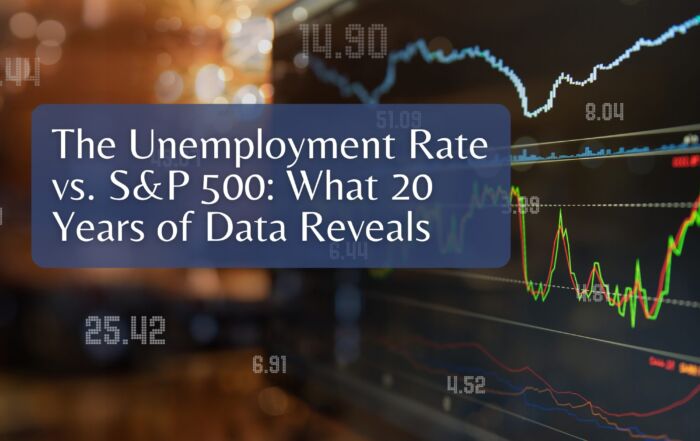Do Rising Interest Rates End Bull Markets?

For the last several years, the economic status quo has featured low interest rates and rising markets, creating wealth for many investors. The US Federal Reserve, concerned about a deep recession has manipulated interest rates to help create these conditions, but with rising inflation, low rates will disappear. Does this mean stock values will too?
Will Stocks Suffer?
According to one theory, stocks could suffer in this environment because as the interest paid on our nation’s risk-free Treasury Bonds rises, it will attract investors seeking higher income at a lower level of risk. Money would then flow from riskier assets such as stocks into risk-free securities with higher interest rates, lowering stock prices as there would be more sellers than buyers.
When the Economy Becomes Overheated
When the U.S economy is strong due to a growth in demand, it can become overheated creating inflation. The goods and services produced can’t keep up with the demand. To mitigate this, the Federal Reserve can raise interest rates to slow down demand and let production catch up thus keeping the economy on a more sustainable growth rate and inflation in check.
Higher Inflation and Supply Chain Issues
Recently, Federal Reserve Chairman Jerome Powell has expressed concern about higher inflation in part due to supply chain issues that have slowed down production and delivery. He has even removed the term “transitory” from his description of inflation, meaning higher inflation may be here for a while. At the onset of the economic shutdown in March 2020 due to COVID, the Federal Reserve lowered interest rates to increase as much economic activity as it could. The Fed also began an asset purchase program (buying US Treasury Bonds) to increase the amount of money in our economic system with the hope and expectation that this activity would also reduce interest rates. Interest rates were pushed down to historic lows making borrowing costs extremely low for businesses and individuals, to either shore up their balance sheets in order to expand business lines or buy additional assets (think home buying). The economy has recovered to the extent the Federal Reserve can now focus on how to keep the trajectory of economic growth on a sustainable path forward. To this end, it has decided to slow the rate of its monthly asset purchase program until the practice is completely halted. After which, the Fed has indicated, it may begin raising interest rates if conditions warrant.
Rising Interest Rates
Understanding that interest rates have nowhere to go but up, I looked at four periods of rising interest rates in the past 25 years and found that as interest rates initially rise there is a high tendency for rising stock prices.
| Rising Rate Period | Fed Funds Rate Rise in % | Change in S&P 500 TR | |
| February 2017 | November 2018 | Increased 2.00% | + 27% |
| May 2004 | May 2006 | Increased 4.25% | + 19% |
| May 1999 | May 2000 | Increased 1.75% | + 10% |
| February 1994 | February 1995 | Increased 2.75% | + 5% |
It seems the reason is that although investors are ultimately rational, they don’t react to all economic events as quickly as economists and market analysts expect them to. And it makes perfect sense that they don’t. Remember, the Federal Reserve raised rates because the economy was so strong and growing so fast that it was in danger of overheating. As the Fed methodically raised rates a little at a time each period, it studied the effect on the economy before raising them again. Meanwhile, companies continued producing goods and services to meet their customer’s demands, possibly increasing profits along the way. Investors continued to hold on to their stocks and – as seen in each of the time periods shown above – the Federal Reserve raised interest rates as the stock market continued to rise. It appears raising interest rates does not end bull markets.
Managing Inflation and Keeping the Economy Growing
The Fed Governors have their work cut out for them going forward. There’s a delicate balance between managing inflation and keeping the economy growing to maintain full employment, and there have been times when they have upset this balance by raising rates, which slowed the economy too much leading to an economic contraction. For 2022, they need to reduce inflation, keep the economy on a sustainable growth pattern, halt their asset purchase program, and increase employment participation all while they probably raise interest rates to keep stock investors from getting spooked.
The Federal Reserve in 2022
We will be closely watching all the developments from the Federal Reserve as we go into 2022. We have positioned the portfolios we manage to be invested in high quality bonds with a duration shorter than the U.S. Aggregate and with a slight overweight to stocks to capture any additional upside returns in our economic recovery.
Have more questions? Contact us
Brad Lyons, CFP®
Investment Manager
Share This Story, Choose Your Platform!
Wiser Wealth Management, Inc (“Wiser Wealth”) is a registered investment adviser with the U.S. Securities and Exchange Commission (SEC). As a registered investment adviser, Wiser Wealth and its employees are subject to various rules, filings, and requirements. You can visit the SEC’s website here to obtain further information on our firm or investment adviser’s registration.
Wiser Wealth’s website provides general information regarding our business along with access to additional investment related information, various financial calculators, and external / third party links. Material presented on this website is believed to be from reliable sources and is meant for informational purposes only. Wiser Wealth does not endorse or accept responsibility for the content of any third-party website and is not affiliated with any third-party website or social media page. Wiser Wealth does not expressly or implicitly adopt or endorse any of the expressions, opinions or content posted by third party websites or on social media pages. While Wiser Wealth uses reasonable efforts to obtain information from sources it believes to be reliable, we make no representation that the information or opinions contained in our publications are accurate, reliable, or complete.
To the extent that you utilize any financial calculators or links in our website, you acknowledge and understand that the information provided to you should not be construed as personal investment advice from Wiser Wealth or any of its investment professionals. Advice provided by Wiser Wealth is given only within the context of our contractual agreement with the client. Wiser Wealth does not offer legal, accounting or tax advice. Consult your own attorney, accountant, and other professionals for these services.





